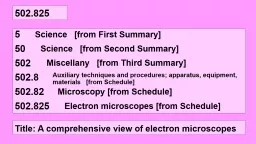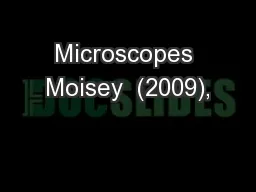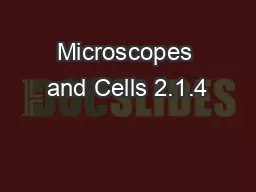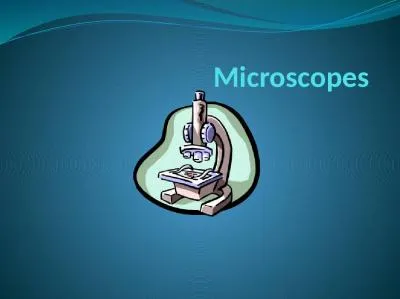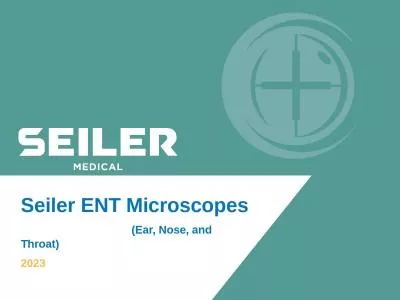PPT-Cell Unit Test Review Types of Microscopes
Author : olivia-moreira | Published Date : 2018-09-18
Simple one lens Compound 2 or more lenses Stereoscopic 3D and is used for dissections Electron 20x 30000x magnification Coarse adjustment knob Diaphragm Base
Presentation Embed Code
Download Presentation
Download Presentation The PPT/PDF document "Cell Unit Test Review Types of Microscop..." is the property of its rightful owner. Permission is granted to download and print the materials on this website for personal, non-commercial use only, and to display it on your personal computer provided you do not modify the materials and that you retain all copyright notices contained in the materials. By downloading content from our website, you accept the terms of this agreement.
Cell Unit Test Review Types of Microscopes: Transcript
Download Rules Of Document
"Cell Unit Test Review Types of Microscopes"The content belongs to its owner. You may download and print it for personal use, without modification, and keep all copyright notices. By downloading, you agree to these terms.
Related Documents




